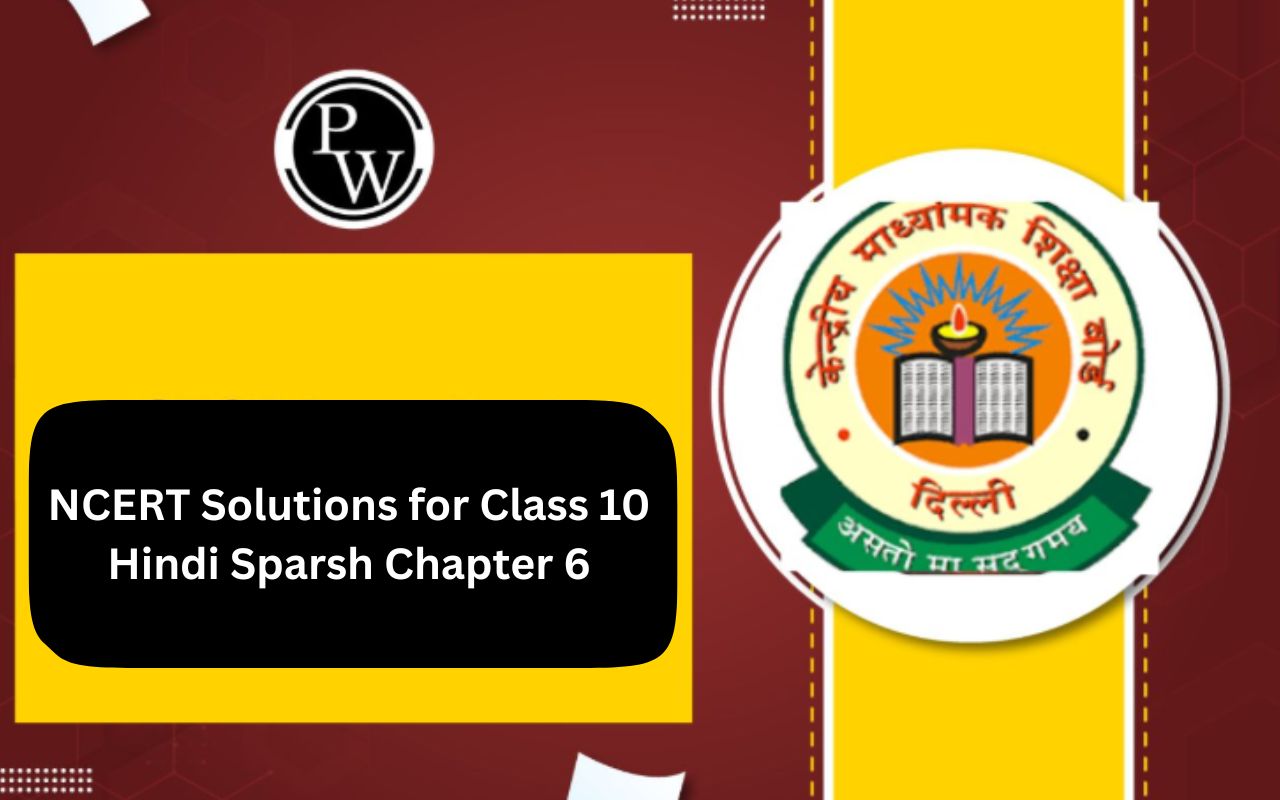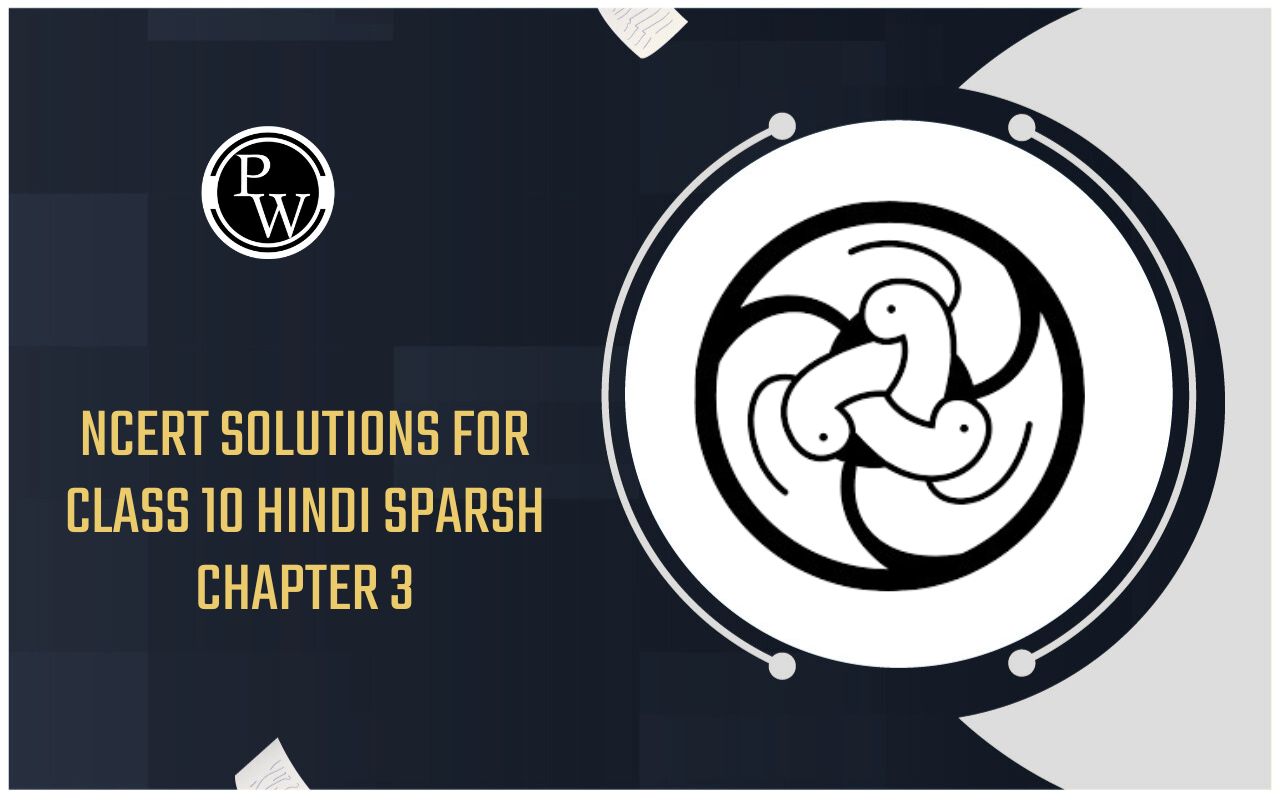
NCERT Solutions for Class 10 Social Science Civics Chapter 1: In Chapter 1 of Class 10 Social Science Civics, titled "Power-sharing," the NCERT Solutions help students understand how power is divided in democracies. They explain how different parts of the government share power to prevent it from being controlled by only a few people or groups.
The solutions discuss various ways power can be shared, like between different branches of government. They also give examples from different countries to explain these concepts. By studying these solutions, students can learn how power-sharing promotes democracy, includes everyone, and protects the interests of different groups in society. These solutions are a helpful resource for students to understand and do well in their exams.NCERT Solutions for Class 10 Social Science Civics Chapter 1 : Power-sharing PDF
You can access the PDF of NCERT Solutions for Class 10 Social Science Civics Chapter 1: "Power-sharing" by clicking on the link provided below. This PDF contains comprehensive solutions to all the questions and exercises in the chapter, helping students understand the concepts of power-sharing in democracies better.NCERT Solutions for Class 10 Social Science Civics Chapter 1 : Power-sharing PDF
NCERT Solutions for Class 10 Social Science Civics Chapter 1 : Power-sharing
Below are the NCERT Solutions for Class 10 Social Science Civics Chapter 1: "Power-sharing". These solutions provide detailed explanations and answers to the questions presented in the chapter.By referring to these solutions, students can enhance their understanding of power-sharing in democratic societies and improve their knowledge of the subject. These solutions serve as a helpful resource for exam preparation and self-study, aiding students in grasping the concepts effectively.
Exercises Page No. 10
1. What are the different forms of power-sharing in modern democracies? Give an example of each of these.
Answer.
Different forms of power-sharing exist in modern democracies:- Horizontal distribution of power : Power is shared among various organs of government, including the legislature, executive, and judiciary. For instance, India follows this model.
- Federal division of power : Power can be divided among governments at different levels, such as a central government for the entire country and regional governments. India's Union Government and State Governments exemplify this arrangement.
- Community government : Power-sharing may extend to different social groups, such as religious and linguistic communities. Belgium provides an example of this form of power-sharing.
- Power-sharing among political parties, pressure groups, and movements : Competition among these entities ensures that power is not concentrated in one entity's hands. Over time, power is distributed among different political parties representing diverse ideologies and social groups.
2. State one prudential reason and one moral reason for power-sharing with an example from the Indian context.
Answer.
Prudential reasons advocate that power-sharing leads to improved outcomes. In India, power is distributed horizontally among different branches of government. The Legislature, Executive, and Judiciary share responsibility for governing the country. Additionally, reservation policies are implemented to provide benefits to various sections of society, thus mitigating conflicts.On the other hand, moral reasons underscore the inherent value of power-sharing. In India, citizens are endowed with fundamental rights, and directive principles of state policies guide government actions. This ensures that governance is not only effective but also morally grounded in principles of equality and justice.
3. After reading this chapter, three students drew different conclusions. Which of these do you agree with and why? Give your reasons in about 50 words. Thomman – Power sharing is necessary only in societies which have religious, linguistic or ethnic divisions. Mathayi – Power sharing is suitable only for big countries that have regional divisions. Ouseph – Every society needs some form of power-sharing, even if it is small or does not have social divisions.
Answer.
Every state ought to embrace some form of power-sharing. By distributing power among various segments of society, power-sharing fosters a harmonious balance. This equilibrium reduces the likelihood of conflicts and promotes fairness. Power-sharing emerges as a fundamental democratic value. Moreover, it serves as a mechanism to uphold political stability.4. The Mayor of Merchtem, a town near Brussels in Belgium, has defended a ban on speaking French in the town’s schools. He said that the ban would help all non-Dutch speakers integrate into this Flemish town. Do you think that this measure is in keeping with the spirit of Belgium’s power-sharing arrangements? Give your reasons in about 50 words.
Answer.
The decision made by the Mayor of Merchtem to prohibit French-speaking in the town's schools near Brussels is unjust. It goes against Belgium's power-sharing model, which aims to maintain equilibrium among various societal groups. In Belgium, it's crucial to uphold the power-sharing arrangement between the Dutch and the French to prevent social unrest. Banning the French language could exacerbate tensions and fuel civil discord. To foster harmony among diverse communities, the Mayor should advocate for a bilingual education system in the town's schools.5. Read the following passage and pick out any one of the prudential reasons for power sharing offered in this. “We need to give more power to the panchayats to realise the dream of Mahatma Gandhi and the hopes of the makers of our Constitution. Panchayati Raj establishes true democracy. It restores power to the only place where power belongs in a democracy – in the hands of the people. Giving power to Panchayats is also a way to reduce corruption and increase administrative efficiency. When people participate in the planning and implementation of developmental schemes, they would naturally exercise greater control over these schemes. This would eliminate the corrupt middlemen. Thus, Panchayati Raj will strengthen the foundations of our democracy.”
Answer.
The prudential reason in the given passage is – “Giving power to Panchayats is also a way to reduce corruption and increase administrative efficiency.”6. Different arguments are usually put forth in favour of and against power-sharing. Identify those which are in favour of power-sharing and select the answer using the codes given below. Power-sharing:
- reduces conflict among different communities
- decreases the possibility of arbitrariness
- delays the decision-making process
- accommodates diversities
- increases instability and divisiveness
- promotes people’s participation in government
G. undermines the unity of a country
| (a) | A | B | D | F |
| (b) | A | C | E | F |
| (c) | A | B | D | G |
| (d) | B | C | D | G |
Answer.
| (a) | A | B | D | F |
7. Consider the following statements about power-sharing arrangements in Belgium and Sri Lanka.
- In Belgium, the Dutch-speaking majority people tried to impose their domination on the minority French-speaking community.
- In Sri Lanka, the policies of the government sought to ensure the dominance of the Sinhala-speaking majority.
- The Tamils in Sri Lanka demanded a federal arrangement of power-sharing to protect their culture, language and equality of opportunity in education and jobs.
- The transformation of Belgium from a unitary government to a federal one prevented a possible division of the country on linguistic lines.
Which of the statements given above is correct?
(a) A, B, C and D
(b) A, B and D
(c) C and D
(d) B, C and D
Answer.
(d) B, C and D8. Match List I (forms of power-sharing) with List II (forms of government) and select the correct answer using the codes given below in the lists.
| List I | List II | |
| 1. | Power shared among different organs of government | A. Community government |
| 2. | Power shared among governments at different levels | B. Separation of powers |
| 3. | Power shared by different social groups | C. Coalition government |
| 4. | Power shared by two or more political parties | D. Federal government |
Answer.
| List I | List II | |
| 1. | Power shared among different organs of government | Separation of powers |
| 2. | Power shared among governments at different levels | Federal government |
| 3. | Power shared by different social groups | Community government |
| 4. | Power shared by two or more political parties | Coalition government |
9. Consider the following two statements on power-sharing and select the answer using the codes given below.
A). Power-sharing is good for democracy.
B). It helps to reduce the possibility of conflict between social groups.
Which of these statements are true and false?
| (a) A is true, but B is false |
| (b) Both A and B are true |
| (c) Both A and B are false |
| (d) A is false, but B is true |
Answer.
(b) Both A and B are truePower-sharing Summary
Chapter 1 of the NCERT Social Science Civics textbook – Democratic Politics-II introduces students to the concept of power-sharing in a democracy. This system enables the government to distribute its responsibilities and powers across various levels. In India, the legislature, executive, and judiciary are distinct organs that share the authority to govern in different capacities. Class 10 students will explore various forms of power-sharing, illustrated through examples from countries like Sri Lanka and Belgium. Topics covered include:- Comparative analysis of Belgium and Sri Lanka
- Examination of majoritarianism in Sri Lanka
- Discussion on accommodation in Belgium
|
NCERT Solutions for Class 10 Social Science Political Science |
| Chapter 1 : Power-sharing |
| Chapter 2 : Federalism |
| Chapter 3 : Democracy and Diversity |
| Chapter 4 : Gender, religion, and caste |
| Chapter 5 : Popular Struggles and movements |
| Chapter 6 : Political parties |
| Chapter 7: Outcomes of democracy |
| Chapter 8: Challenges to democracy |
NCERT Solutions for Class 10 Social Science Civics Chapter 1 FAQs
What is the significance of power-sharing in a democracy?
How does power-sharing contribute to maintaining social harmony?
Can power-sharing prevent conflicts within a society? How?
How does the power-sharing model in India differ from that of Belgium and Sri Lanka?
What are some examples of power-sharing arrangements in different countries?










